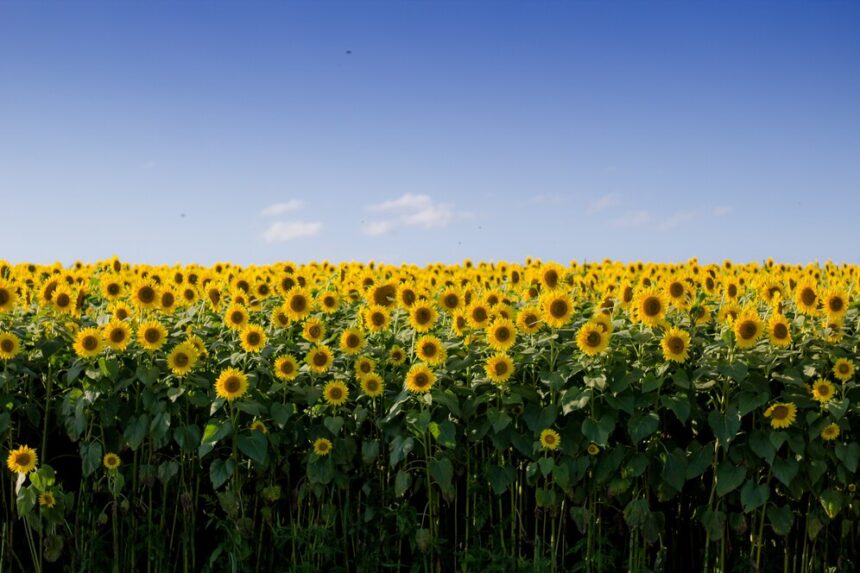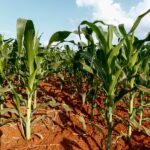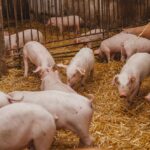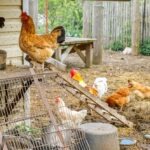With increasing climate variability and water scarcity, South African farmers must adopt drought-resistant crops to ensure food security and sustainable agriculture. Drought-tolerant crops require less water, adapt well to dry conditions, and provide consistent yields even in periods of low rainfall. Below are some of the best drought-resistant crops suitable for South African farming.
1. Sorghum Sorghum is one of the most drought-tolerant cereal crops, capable of thriving in arid and semi-arid regions. It requires minimal water and has deep root systems that help it access underground moisture. Sorghum is used for human consumption, livestock feed, and biofuel production, making it a versatile crop for farmers.
2. Millet Millet is another hardy grain that performs well in dry conditions. It grows quickly, requires little water, and provides a nutritious food source. Finger millet and pearl millet are the most commonly grown varieties in South Africa, particularly in regions with unpredictable rainfall.
3. Cowpeas Cowpeas are a legume known for their ability to withstand drought while improving soil fertility through nitrogen fixation. They are a valuable source of protein for human consumption and livestock feed. Cowpeas are well-suited to smallholder farmers and require minimal inputs for cultivation.
4. Bambara Groundnuts Bambara groundnuts are a highly resilient legume that can survive prolonged dry spells. They are rich in protein and carbohydrates, making them a key food source in drought-prone areas. Their ability to fix nitrogen also enhances soil health, benefiting crop rotation systems.
5. Cassava Cassava is a root crop that thrives in poor soils and requires little water once established. It can remain in the ground for extended periods, allowing farmers to harvest when needed. Cassava is a staple food in many parts of Africa and provides a reliable food source during droughts.
6. Sunflower Sunflower is a drought-resistant oilseed crop that requires less water than traditional grains. It grows well in dry conditions and has deep roots that help it access moisture. Sunflower oil and seeds are valuable cash crops, providing farmers with profitable market opportunities.
7. Teff Teff is a drought-resistant grain gaining popularity in South Africa due to its adaptability and high nutritional value. It grows well in dry regions and is used to make flour for traditional foods. Teff’s small seed size and quick growth cycle make it a resilient option for water-scarce areas.
8. Moringa Moringa, often referred to as the “miracle tree,” is highly drought-resistant and grows well in arid regions. Its leaves, seeds, and pods are rich in nutrients and have multiple uses, including food, medicine, and animal feed. Moringa trees require minimal water and provide long-term benefits for farmers.
9. Pigeon Peas Pigeon peas are a hardy legume crop that tolerates dry conditions and improves soil fertility. They provide a good source of protein and can be intercropped with other drought-tolerant plants to maximize land use efficiency.
10. Spekboom Spekboom is a succulent plant known for its ability to thrive in arid regions. While not a traditional crop, it serves as an important forage plant for livestock and contributes to soil conservation and carbon sequestration.
Growing drought-resistant crops is essential for improving food security and economic resilience in South Africa’s dry regions. By selecting the right crops, farmers can reduce their dependence on irrigation, lower input costs, and ensure stable yields despite changing climatic conditions. Investing in drought-tolerant agriculture will play a crucial role in sustaining South Africa’s agricultural industry in the face of future water challenges.
Join 'Farmers Mag' WhatsApp Channel
Get the latest Farming news and tips delivered straight to your WhatsApp
CLICK HERE TO JOIN






